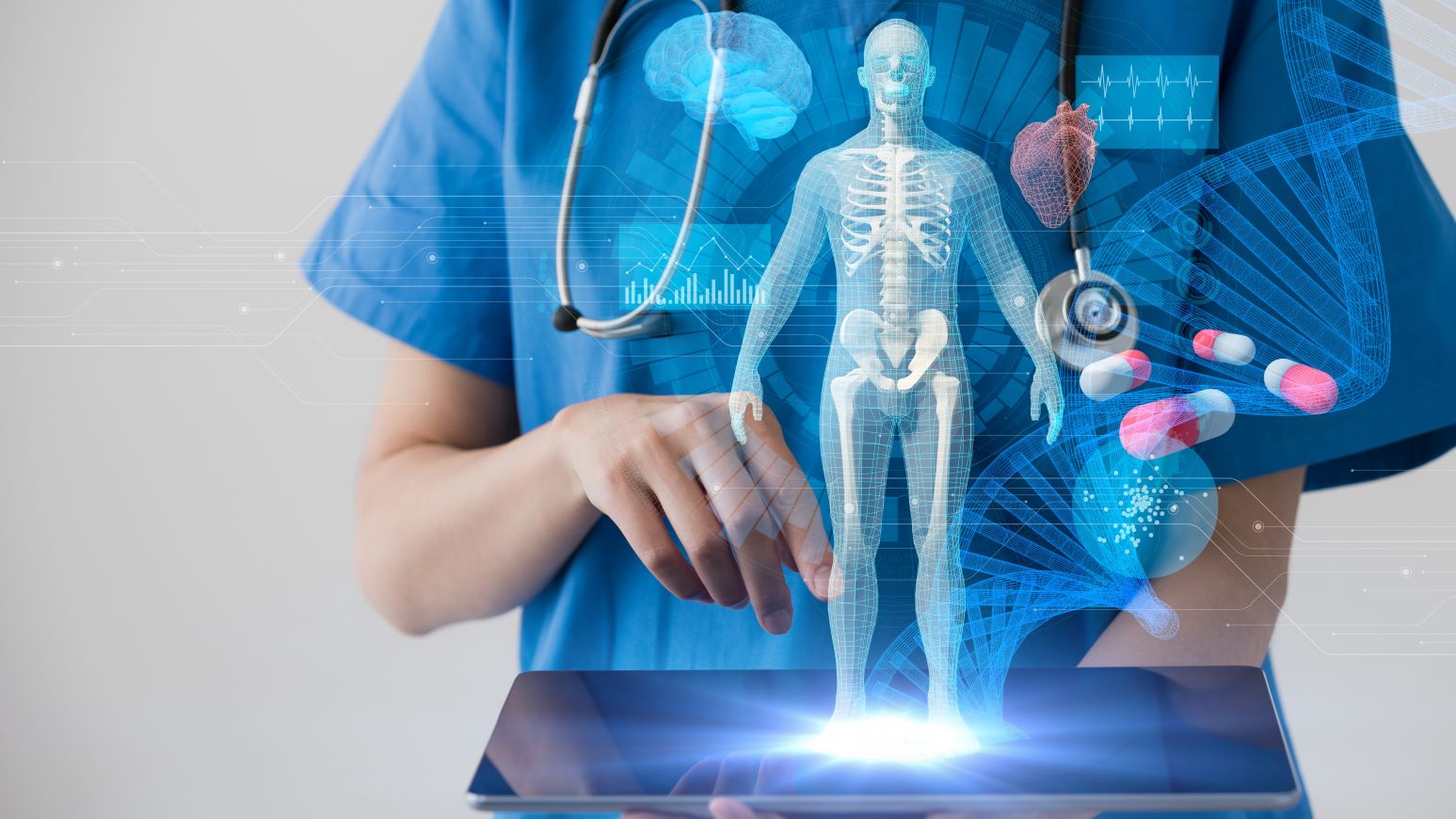The pandemic catalysed the integration of modern tools like remote monitoring, telemedicine, and digital health in traditional disciplines of medicine.
Wound healing is often assessed through in-person visits at home or in a healthcare facility. However, due to health restrictions during the pandemic, visits were performed less frequently or paused for long periods of time, leaving patients with increased responsibility for their own care, and in some cases, insufficient resources to achieve proper care. New advancements in remote monitoring devices and digital health technology can help supplement the efforts of healthcare workers and provide convenient, accessible, and ongoing care, especially to those with limited mobility or chronic conditions.
A digital patient record can contain images, phone and video interviews, and text-based information like monitoring data. Healthcare professionals can access the records online, allowing for collaborative assessment and action, thus improving quality of care. Adding health apps, patients can track health indicators for wound healing and progression on their own or with automated monitoring devices. Clinicians can then check in on a regular basis when prompted by the patient, or in response to irregular results. This helps to cut down on non-essential in-person visits and can be used to track patient adherence to at-home treatment plans. Improvements in home healthcare also promote patient safety after being discharged from the hospital and will help to reduce hospital readmission rates.
Monitoring data can also be coupled with artificial intelligence (AI) software to recognise worsening conditions. For example, patient movement can be used to predict the location and severity of pressure wounds, or ongoing measurements of wound size, temperature, and colour can be used to identify infection. Research is also investigating ‘smart’ technology that enables real-time wound measurement, assessment, and treatment. These devices can be controlled with smartphones and activated remotely, like ‘smart’ bandages that sense temperature and can provide electrical stimulation to encourage wound healing and prevent infection. Detecting early signs of infection can lead to quicker intervention, reducing overall risk and healing time for the patient, and requiring less healthcare resources.
Historically, poor image or video resolution has been a shortfall of patient-collected data and an obstacle for widespread use. Today, smartphones are more common, and most can produce high-quality images. Digital health platforms also often provide educational tools for patients and employ AI software, which could be used to ensure that the images, videos, and data submitted by the patient are of sufficient quality before forwarding to their clinician.
These technologies will serve as a means for patients to continue receiving high-quality care amid the current healthcare constraints and resource cuts. However, the digitisation of patient records is limited by bottlenecks in processing, cataloguing, and interpreting large amounts of data. Additionally, the security of patients, professionals, and healthcare app providers will become increasingly important, as sensitive and personal data is transmitted, stored, accessed, and shared. Despite these challenges, these proactive and assistive devices could be the key to empowering patients, meeting future healthcare demand, and preventing the healthcare system from becoming over-burdened.
How well do you really know your competitors?
Access the most comprehensive Company Profiles on the market, powered by GlobalData. Save hours of research. Gain competitive edge.

Thank you!
Your download email will arrive shortly
Not ready to buy yet? Download a free sample
We are confident about the unique quality of our Company Profiles. However, we want you to make the most beneficial decision for your business, so we offer a free sample that you can download by submitting the below form
By GlobalData




